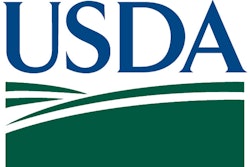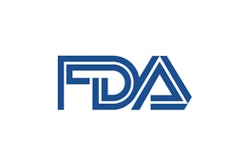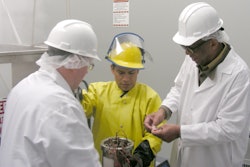
A number of studies over the past decade reveal that genetically modified foods (GMOs) can pose serious risks to farmers, human health, domesticated animals, wildlife and the environment. Surveys also show that a growing number of U.S. consumers are concerned about GMOs in their food—even when they don’t really understand what they are, according to Packaged Facts, Rockville, Md.
Regardless, consumers have the right to know what’s in their food. That’s why the government is getting involved, requesting restrictions and stricter regulations in labeling. For example, the GMO labeling law, which requires labels on products containing genetically engineered (GE) ingredients.
“More than 30 states introduced legislation to require GE labeling in 2013 and 2014, with laws recently passed in Vermont, Connecticut, Maine and Alaska. This is because consumers have a right to know what is in the food they buy and feed their families. In fact, many major companies, including Mars, Campbell’s, General Mills and ConAgra are already labeling GMOs on-package and that has not impacted the companies or consumer cost,” says Jaydee Hanson, policy analyst for the Center for Food Safety, Washington, D.C. “Although the law allows companies to print a clear GMO label on the food package, it also allows QR codes or call-in numbers, which are much less accessible, non-transparent and discriminatory against those without smartphones and wholly impractical. Most food companies, which have spent tens of millions of dollars opposing mandatory on-the-package labeling, will undoubtedly opt for QR codes instead of real labels. One third of Americans don’t have access to the technology required to get that information.”
In fact, only 50% of U.S. consumers with low income own a smartphone, according to Pew Research Center, Washington, D.C. And, even those who do own a smartphone may not have consistent access to the internet.





















